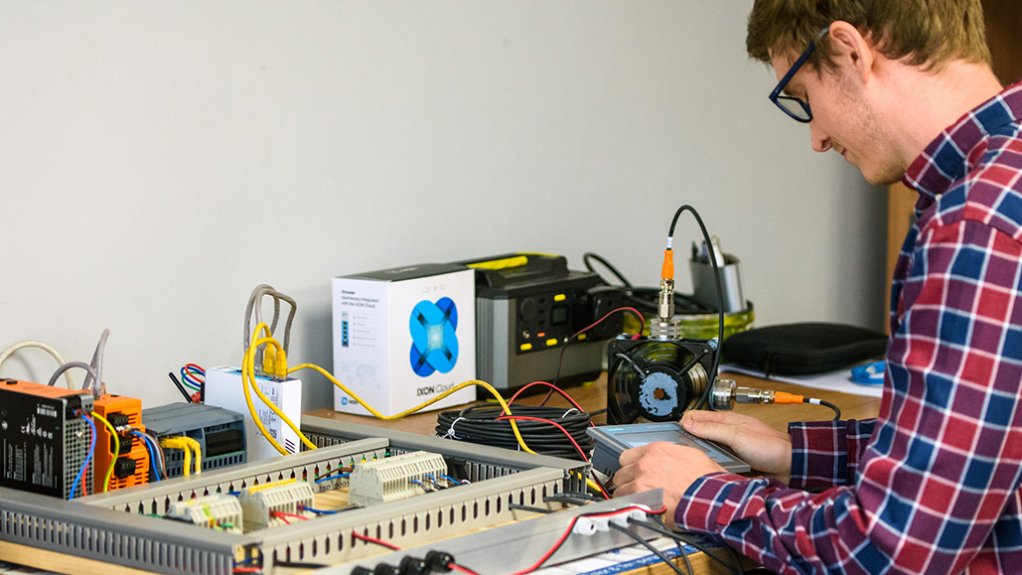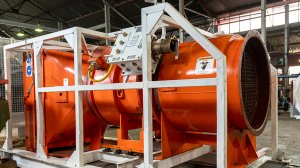To minimise exposure to hazardous amounts of respiratory dust released through mining operations, dust suppression specialists CDC Dust Control and centrifugal and axial flow fan supplier Air Blow Fans have partnered to embark on continuous research and development (R&D) initiatives to keep abreast of the latest trends and advancements.
Air Blow Fans and CDC are conducting research into how PEGSIL – an ionic liquid used in the rubber industry – reacts with coal and silica dust.
While wet scrubbing is a common method of removing airborne dust in mining, the introduction of safe ionic liquid technology-based doping additives has shown superior outcomes in reducing respirable dust, compared with using only water, says Air Blow Fans senior project manager Raymond Hopkins.
Adding PEGSIL to the water feed in wet scrubbers has shown to perform better than standard wet scrubbing at the same flow rate, whereby the PEGSIL additive alters the water’s surface tension, improving its ability to absorb dust.
This leads to better dust removal and, consequently, improved operator safety, increased mining activity and, potentially, significant water conservation.
The PEGSIL dopant is also effective across the entire range of respirable coal particle diameters, unlike typical wet scrubbers.
Additionally, CDC and Air Blow Fans are testing another ionised liquid that can be added to water, with Hopkins noting that results so far have been “phenomenal” in coal dust applications, with better results being indicated with silica.
The companies are also testing the remote monitoring of their on- and off-board underground scrubbers using live feeds.
Hopkins tells Engineering News that CDC has successfully used flow modelling software over several years to improve product design and to enhance its range of equipment.
“With the introduction of artificial intelligence and three-dimensional printing, more possibilities are made available,” he says, adding that CDC has spent a “formidable” amount of time and capital on R&D initiatives to ensure that business operations remain successful and are forward focused with new technologies or products being introduced yearly.
Meanwhile, CDC is expanding its focus from coal to suppressing dust in the tailings of other minerals, such as polyhalite and silicates, with Hopkins noting that this decision came amid a global transition away from coal.
“CDC has always had the capability, and experience in dust suppression and extraction in other areas besides coal, with coal being one of the most challenging, owing to its hydrophobic nature. In the past, we decided to focus our efforts on collieries, which have kept us busy for several years,” he concludes.
Edited by: Nadine James
Features Deputy Editor
EMAIL THIS ARTICLE SAVE THIS ARTICLE
ARTICLE ENQUIRY
To subscribe email subscriptions@creamermedia.co.za or click here
To advertise email advertising@creamermedia.co.za or click here















